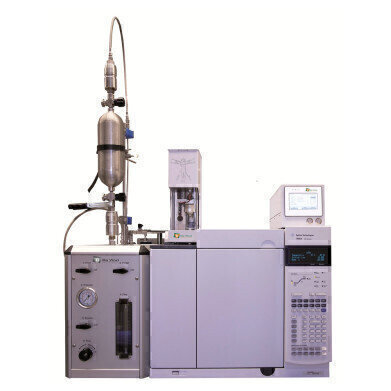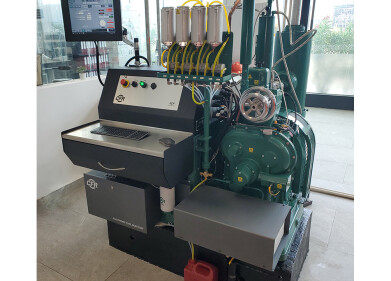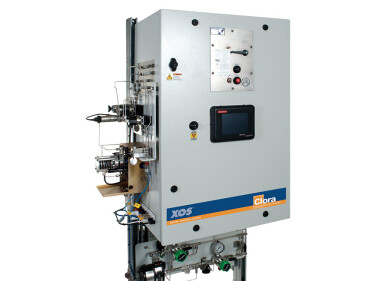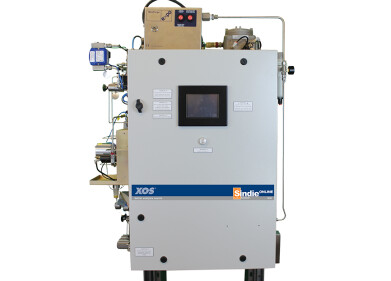Analytical instrumentation
Setting the Standard for Oily Residues Analysis in LPG by GC - ASTM D7756
Apr 17 2013
Laboratories face challenges in safety, speed and precision during the analysis of oily residues in LPG. The residue from high boiling or unstable components can contaminate LPG in numerous stages of the LPG production and transportation lifecycle. The residues’ high molecular weight complicates the introduction of a representative sample into a gas chromatograph. Conventional test methods for the analysis of the LPG contamination, such as ASTM D2158, EN 15470 or EN 15471, have proven to be labor intensive, time consuming and hazardous. Additionally, there is no way to obtain an indication about the source of the contamination; a fact that leaves LPG stakeholders without answers to a solution. Furthermore, these methods are environmentally unfriendly as they require the evaporation of large amounts of LPG.
In December 2011, ASTM approved a standard method for oily residues in LPG (ASTM D7756-11) based on an innovative injection technique for large volume pressurized gas such as LPG. Da Vinci Laboratory Solutions (DVLS) developed the injection technique that is incorporated in the ASTM D7756 standard in close cooperation with Shell Global Solutions. The technique was introduced in 2010 as the Liquefied Gas Injector (LGI) to inject liquefied gases at room temperature directly onto a GC column.
The direct injection of the LGI is based on the proven Gasoline Direct Injection technique used by the automotive industry to inject fuel into the automotive engine combustion chamber. The LGI is configured on top of a GC and consists of the Gasoline Direct Injector with an on-column needle attached and mounted on a sliding device.
The pressure station on the left side of the GC enables a constant pressure of the liquid sample to inject a representative sample. The sample container is installed on top of the pressure station and is connected to 25 bar nitrogen. The waste sample is vaporized and safely connected to a central waste system. The controller box on top of the right side of the GC drives the injector.
The LGI offers laboratories a safe, fast and accurate GC standard for the complex analysis of oily residues in C3 and C4 streams. Benefits include:
- Alternative for ASTM D2158, EN 15470, EN 15471 & ISO 13757
- Approved as ASTM D7756, PrEN 16423
- No open air evaporation of LPG
- High pressure injection directly onto GC column up to 25 bar
- Fast analysis time of 24 minutes
- Lowest detection limit of 1 mg/kg (mass ppm)
- Repeatability of 5%
- Sample size from 50 - 500 µL
- Analysis range of 10 - 600 mg/kg (mass ppm)
For the petrochemical industry several new LGI applications are available for the trace analysis of DIPA in LPG, VCH, TBC and NMP in Butadiene. Read the full article from Petro Industry News to learn more about the LGI and its applications.
Digital Edition
PIN 25.6 Buyers' Guide
January 2025
Buyers' Guide Directory - Product Listings by Category - Suppliers Listings (A-Z) Articles Analytical Instrumentation - ASTM D7042: The Quantum Leap in Viscosity Testing Technology -...
View all digital editions
Events
Jan 25 2025 San Diego, CA, USA
SPE Hydraulic Fracturing Technology Conference and Exhibition
Feb 04 2025 The Woodlands, TX, USA
Feb 05 2025 Guangzhou, China
Trinidad and Tobago Energy Conference 2025
Feb 10 2025 Point Lisas, Trinidad
Feb 11 2025 Lagos, Nigeria




















